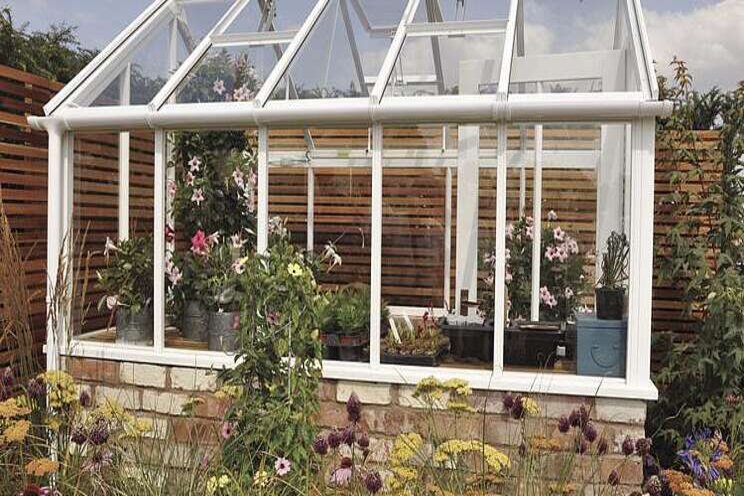Spring cleaning the greenhouse
Added on 03 June 2020

Whether you have a house constructed with plastic sheeting or a commercially installed building, ensuring its cleanliness provides big benefits for the plants inside.
The first step of any greenhouse cleaning project should be a visual inspection. Check the interior corners and rafters for signs of pest intrusion like hornet or wasp nests. Of course, you should eradicate these with care if you believe the hives are active.
Then, look at the integrity of cover materials that make up the walls. It's common for more inexpensive plastic to show wear and require replacement after the brutal cold of winter. It's crucial to repair the damage immediately, as the walls are important to preventing condensation by blocking sunlight and inhibiting moisture to drip onto your plants which invites mildew.
Address Issues from Last Season
Consider the pain points you experienced during a previous harvest and correct it for a more successful year. For instance, if you noticed a certain portion of your greenhouse that didn't receive the sunlight it needed, consider rearranging the footprint of your planting structures before they are filled with seed.
If you had recurring issues with insects and pests, ask a local exterminator about a plant-friendly treatment that can limit their intrusion throughout the year. It will be easier for a professional to spread their protective remedy before your greenhouse is full and thriving.
Disinfect Your Space
Give your plants a fresh start by eliminating debris or depleted soil from last season. Use an eco-friendly garden cleaner to thoroughly clean out pots and planters before filling them with new stock. Keep a large container on hand and allow seriously contaminated holders to soak before cleaning as scrubbing too hard may lead to damage. Don't forget to completely rinse and dry these important companions in your greenhouse before attempting to replant.
Get Organized
The upcoming planting season will require numerous tools if you want it to be successful. Analyze the condition of your existing equipment while planning for this year's harvest. If you notice cracks in shovels or dull pruning shears, you should consider replacing them with updated options.
Source: The Blue Mountain Eagle
Photo Credit: Greenshoot Media
Source: The Blue Mountain Eagle
More news















